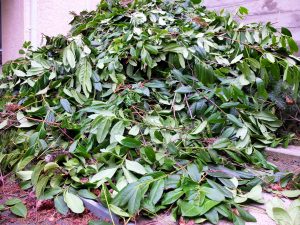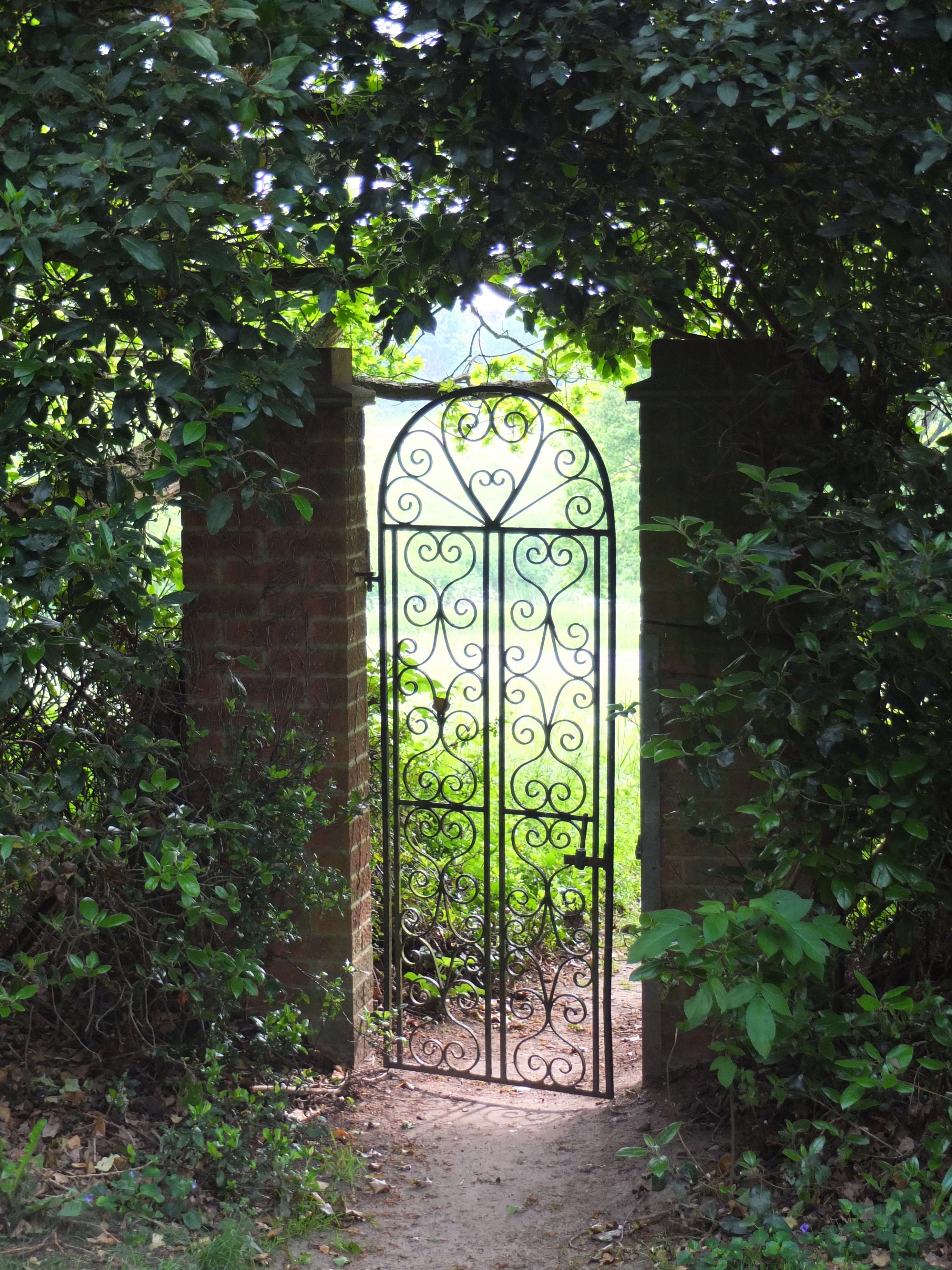 One of the joys of living on the west coast of Canada – with its moderate oceanic climate and in what the World Wide Fund for Nature defines as the Pacific temperate rain forest ecoregion – is that we inhabit a verdant paradise of lush and abundant vegetation.
One of the joys of living on the west coast of Canada – with its moderate oceanic climate and in what the World Wide Fund for Nature defines as the Pacific temperate rain forest ecoregion – is that we inhabit a verdant paradise of lush and abundant vegetation.
One of the drawbacks of living on the wet coast of Canada – with its moderate oceanic climate and in what the World Wide Fund for Nature defines as the Pacific temperate rain forest ecoregion – is that we inhabit a verdant paradise of lush and abundant vegetation!
Though the summers here on the tip of Vancouver Island tend to be dry and delightfully temperate, the winters incline to the aqueous. As I write this post I can gaze out of my studio window at a landscape that is undeniably ‘socked in’. I believe that the landscape is still there – but I cannot actually see any of it.
The result of all of this humectation is – naturally (see what I did there?) – that during the late winter and early spring all of that lush vegetation grows and grows and grows – as though there were no tomorrow! It grows upwards – it grows outwards – and it presumably grows downwards as well!
Nature reveals itself to be the epitome of the doctrine of the survival of the fittest, with each species striving voraciously to overrun its neighbour in the ongoing quest for sunlight, water and nutrients. Left to its own devices the wonderful variety of plants in our delightful garden (yard!) would doubtless whittle itself down to just a couple of bigger, stronger brutes as all the weedy (there I go again!) specimens are trampled underfoot (I think I just stretched that particular metaphor a little too thin!).
The bottom boundary of our compact but decidedly highly-desirable estate is bounded with splendid trees and dense foliage. This latter is mostly – as far as I am aware – laurel of one type or another. Now, apparently the Schipka Cherry Laurel – which appears to form the bulk of this hedge – has the following qualities:
- Hardy to minus 10 degrees
- Fresh, glossy evergreen foliage attractive all year round
- Easily grown even in difficult urban conditions
- Can be clipped into hedges and screens
- Drought and deer resistant
It also grows around 2 ft a year up to a height of 18 ft! As this boundary growth had not been pruned back for at least two and a half years – and most likely rather longer than that – it was in serious danger of taking over the smaller shrubs in the bed in front of it, not to mention cutting off our view of the sea whilst simultaneously advancing on my croquet lawn!
Fortunately it can also be pruned really hard. Apparently it simply shakes itself off and starts growing again.
I do now have a huge pile of clippings to be disposed of. Any takers?
Tags: British Columbia, Gardens, Spring


Recent Comments